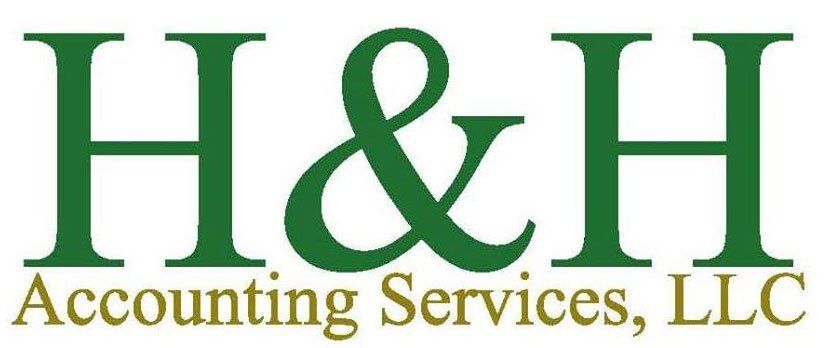Useful Ways to Manage Your Companies Operating Cash Flow

The Difference Between Cash Flow and Revenue
Revenue is the amount of money a business takes in from the products it sells or the services it renders. Revenue is a one-way street.
Cash flow is the measure of money going into and out of a business. There’s an old idiom that, “revenue is vanity, profit is sanity, cash flow is reality.” While that may be an oversimplification, there’s a lot of truth to it. Business owners often brag about revenue, but having lots of revenue doesn’t equate to long-term stability if you’re spending more than you take in.
Positive Cash Flow and Negative Cash Flow
These two types of cashflow are relatively self-explanatory. Positive cash flow is when you’re taking in more revenue through sales than you’re spending on operations. Negative cash flow is when your cash outflows exceed the revenue you’re earning.
Some businesses will have negative cash flow some months then positive cash flows others, especially businesses that have long order or payment cycles where they may not get paid for a job till it’s over three months after it started, for example.
Cash flow management is especially important for businesses that operate with Net 30/60/90 payment terms. Those business eventually need to return to positive cash flow, and they must have adequate cash on hand to survive their months of negative cash flow.
There are some basic cashflow rules of thumb that can help every business maintain positive cash flow or better weather periods of negative cash flow:
- First and most importantly monitor your cash flow regularly
- Don’t let your invoicing fall by the wayside
- Get deposits or at least partial payments up front on long-term contracts or large product orders
- Consider adopting incentives to get customers to pay early
- When possible delay payments to vendors (unless there’s incentive to pay early), but don’t risk late fees
- Upsell existing customers (retaining customers and generating more revenue from them is always more cost effective than finding and onboarding new customers)
- Tighten your credit requirements for clients
- Secure business lines of credit before your situation becomes dire
- Rely on business credit cards to provide a cushion for your cash flow during difficult times (credit cards also allow for easier tracking and categorization of business purchases)
Accrual Accounting and How It Affects Managing Cash Flow
Cash basis accounting is the easier method for monitoring cash flow and ensuring your revenue is exceeding your operational costs, but not every business can utilize the cash accounting method.
Manufacturers, marketing companies and some contractors or construction companies may not get paid for their services or products up front, but still record those payments when the initial transaction occurs, which is known as accrual accounting.
On paper companies that use accrual accounting may appear cash flow positive even though they have yet to be fully paid.
There’s nothing inherently wrong with utilizing accrual accounting, but it can potentially be misleading if you don’t stay on top of collecting what clients actually owe.
The cash method is a bit more straightforward and leaves less room for error or a false sense of security. However, there is a potential downside for cash basis that’s essentially the reverse of accrual accounting.
If a cash method company has a lot of accounts payable (bills they owe to vendors) they could appear to have positive cash flow when, in fact, they would have negative cash flow were they to actually pay all those bills.
Which accounting method is best for your business largely depends on your operations, how your vendor and client payments work and which method you, the business owner, feel most comfortable tracking. All that really matters is that stakeholders understand how misconceptions occur, so they know to avoid them.
Get Help with Your Cash Flow in Phoenix or Scottsdale
H&H Accounting Services provides an array of business accounting, consulting and tax preparation services in the Valley. Our CPA and team of accountants excel at analyzing operational cash flow and can help you identify ways to better track your income and expenditures and provide advice that could help you save money, obtain financing or speed up payments.
Call us at (480) 561-5805 for a free consultation – we’ll come to you!
Serving the Accounting Needs of Clients in Phoenix, AZ & Nationwide
Call (480) 561-5805 for an In-Person Consultation at a Phoenix Location of Your Choosing
H&H Accounting Services, LLC
Mailing Address:
6501 E Greenway Pkwy
Ste 103
PO Box 444
Scottsdale, AZ 85254
Hours:
Monday – Friday: 9 a.m. – 6 p.m.
Weekends and After Hours: By Appointment
All Rights Reserved | H&H Accounting Services | Website Created By REV77



